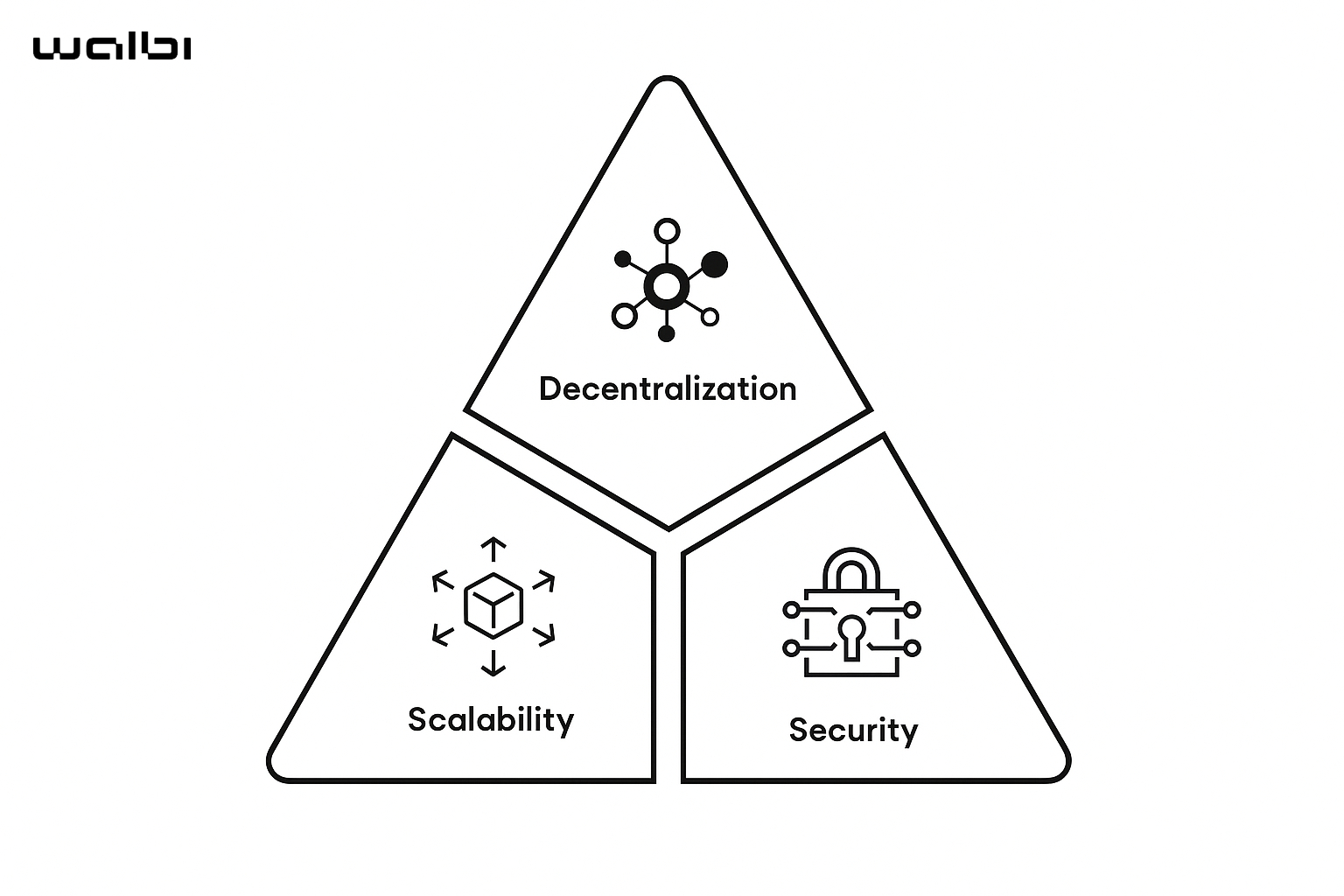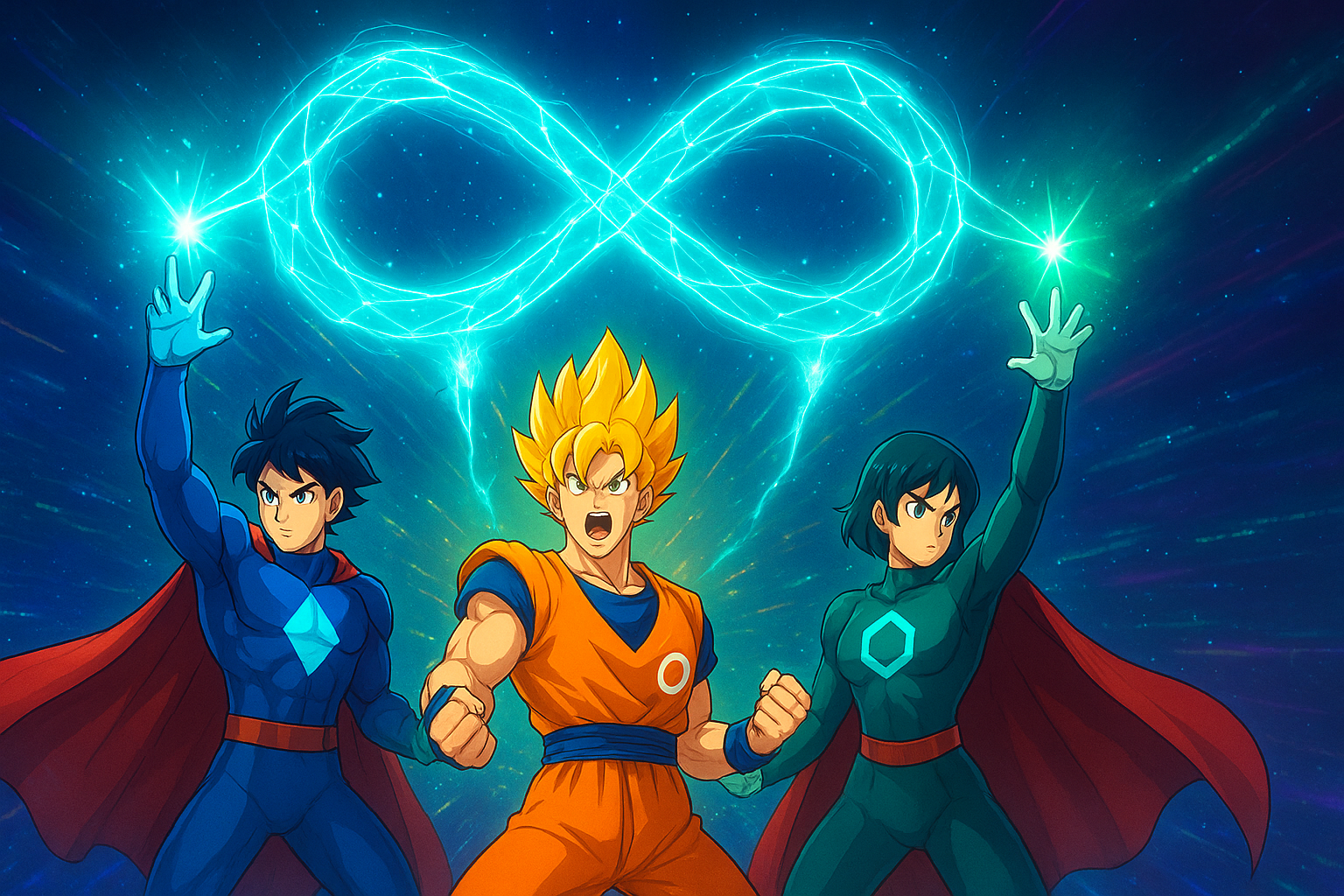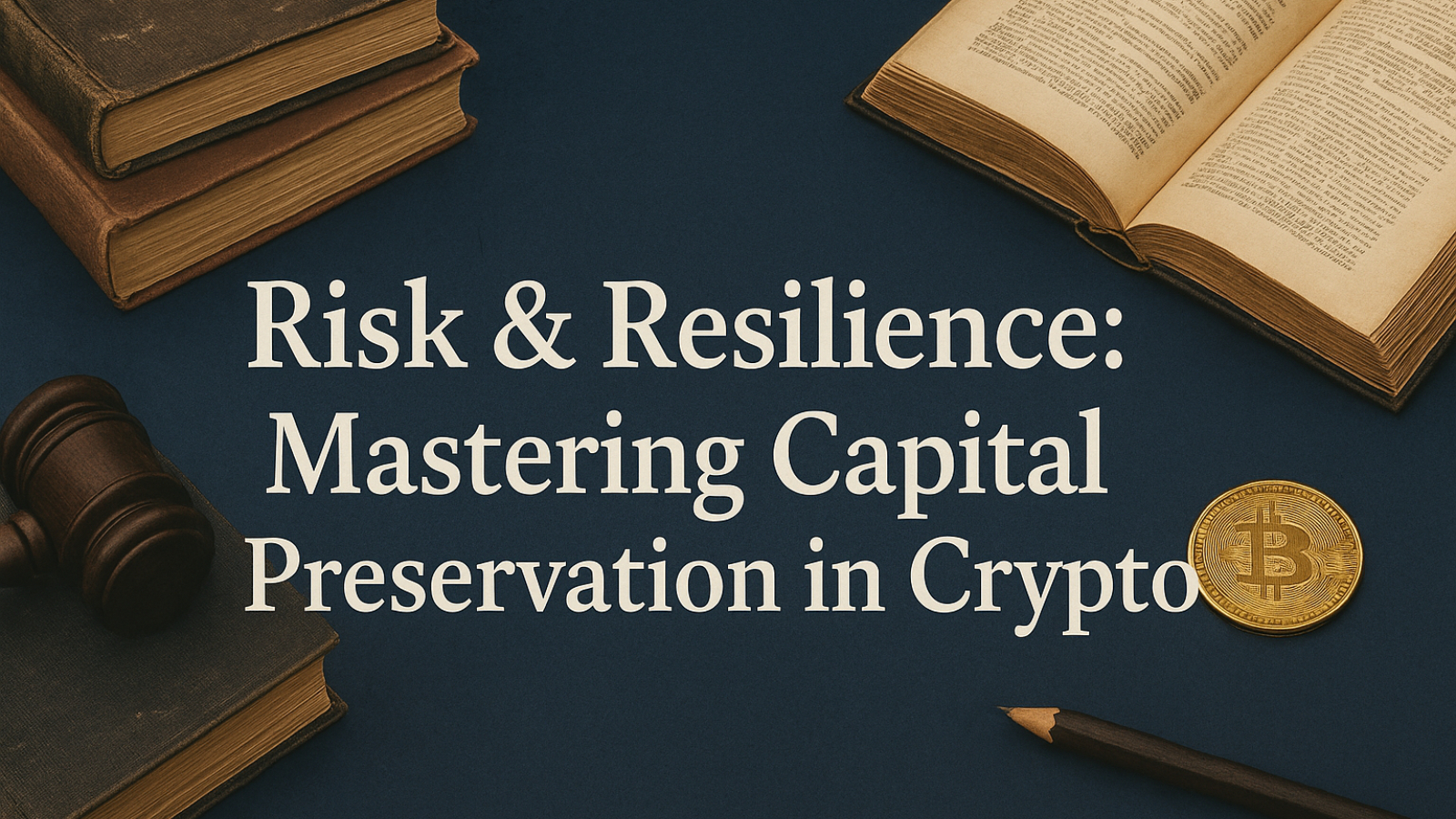Crack the code! Discover the Blockchain Trilemma (Security, Scalability, Decentralization) and explore key interoperability solutions like bridges and relay chains. Learn how Web3 is connecting and scaling for mass adoption."
If you’ve been following the world of crypto, you know the vibe is electric, but sometimes things slow down, or you hit a wall trying to move assets. That's because even revolutionary tech like blockchain has major challenges it needs to solve before it can power the whole world.
These challenges boil down to two core concepts: The Blockchain Trilemma (which is all about speed and size) and Interoperability (which is all about connecting different networks). In today's lesson, we're doing to dive into why these concepts are the key to the future of finance.
Part 1: The Impossible Choice—The Blockchain Trilemma

Imagine you're designing a superhero team. You can pick any two traits for your hero, but never all three at full power: super speed, super strength, or invincibility.
This is the famous Blockchain Trilemma, a fundamental idea that says a blockchain network can only maximize two of these three properties at once:
1. Decentralization (The Power of the Crowd)
- What it is: This is the core spirit of crypto! It means the network is spread across thousands of computers globally (called "nodes"). No single boss, bank, or government can control it.
- The Trade-off: Having thousands of nodes means every single transaction takes time to reach and be confirmed by everyone. This can make the network slow.
2. Security (The Bulletproof Shield)
- What it is: The network is almost impossible to hack. Transactions, once recorded, cannot be changed. This is the trust layer that makes blockchain work.
- The Trade-off: Often, the strongest security measures require more computing power and time, which again, can hurt speed.
3. Scalability (The Turbo Engine)
- What it is: The ability to handle huge amounts of activity instantly—like processing thousands of transactions every second, similar to major credit card companies.
- The Trade-off: To achieve blazing speed, some projects reduce the number of nodes required to validate transactions, making the network faster but potentially less decentralized.
The Solution: Layering Up!
Early blockchains like Bitcoin chose to maximize Security and Decentralization, making them slow but rock-solid.
Today, the clever solution isn't to redesign the foundation, but to build extra floors on top—these are called Layer-2 Solutions (like Polygon or Arbitrum). They handle most of the high-speed transactions off the main, secure chain, then report the finalized results back to the main chain. This is how we aim to achieve all three traits: the main chain provides Security and Decentralization, while the Layer-2 solution delivers the Scalability.
Part 2: The Grand Connection—Interoperability
The second major hurdle is that the crypto world is not a unified space; it's a bunch of isolated digital islands - as talked about in last week's course. You have the Ethereum island, the Solana island, the Avalanche island, and so on. They all have amazing resources, but they don't naturally speak the same language.
Interoperability is the ability for these different blockchains to communicate, share data, and exchange assets seamlessly. It’s what turns a group of isolated islands into one unified global continent.
Why It's Crucial for You
If you’re a user, you want to be able to use your token from Chain A as collateral on a borrowing application on Chain B without hassle. If you're a developer, you want to use Chain A's security and Chain B's low fees for the same application. Interoperability makes the whole system more efficient and unlocks limitless creative uses.
How We Build the Bridges:
1. Cross-Chain Bridges
This is the most common way to link two networks. It works like a digital valet service:
- You send your asset (say, a token) to a smart contract on Chain A, which locks it securely.
- A validator on the bridge confirms the lock.
- The bridge then mints a matching "wrapped" token on Chain B, which you can now use in that ecosystem.
When you want your original token back, you "burn" the wrapped token on Chain B, and the original is automatically unlocked on Chain A.
2. Relay Chains (The Central Hub)
Instead of building a separate bridge for every single pair of chains, some projects use a Relay Chain approach. This is like a secure, central hub that all other chains (often called "parachains") connect to. The Relay Chain’s job is to ensure that when a message or asset leaves one chain and arrives at another, it is secured and verified by the hub itself. This makes the transfer incredibly secure and trustless.
Conclusion: The Path to Mass Adoption
The journey of blockchain technology is all about finding elegant solutions to these two fundamental problems. By using Layer-2 technologies to scale and cross-chain solutions to achieve interoperability, we are steadily building the unified, lightning-fast financial system that Web3 promises.
The next few years will see these solutions become simpler and safer for everyone. To stay ahead of the curve and track which projects are successfully solving the Trilemma and building the most effective bridges, you need the right intelligence.
Walbi provides the cutting-edge tools and real-time data to help you understand these complex trade-offs and navigate the future of connected crypto with clarity and confidence.
Take the next step in your crypto journey today and see the power of informed decisions with Walbi!




